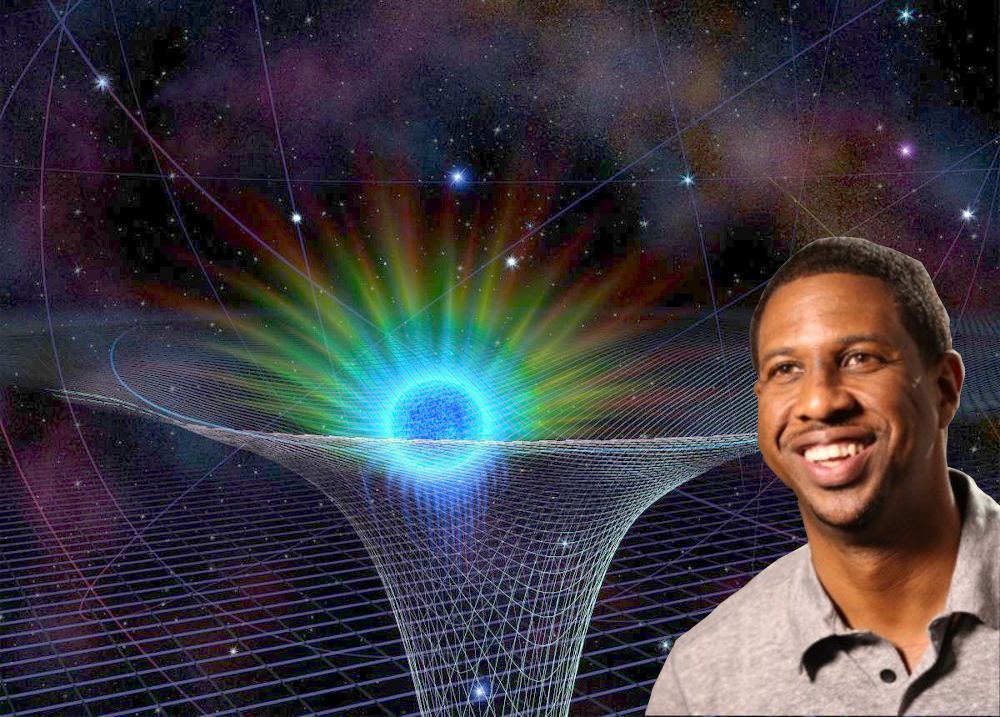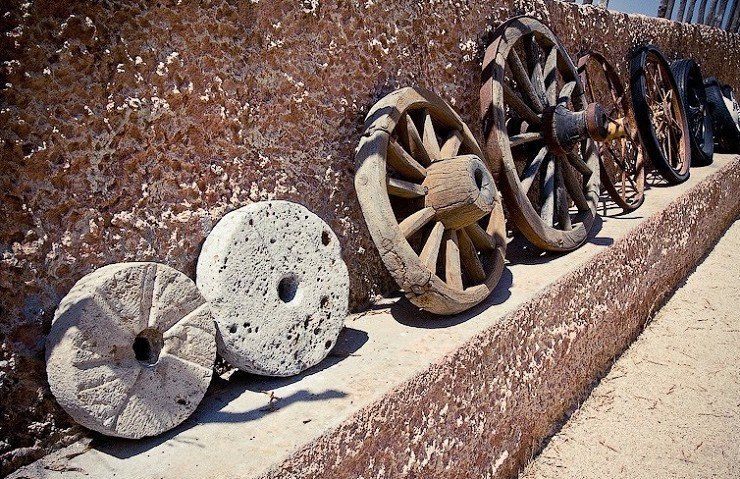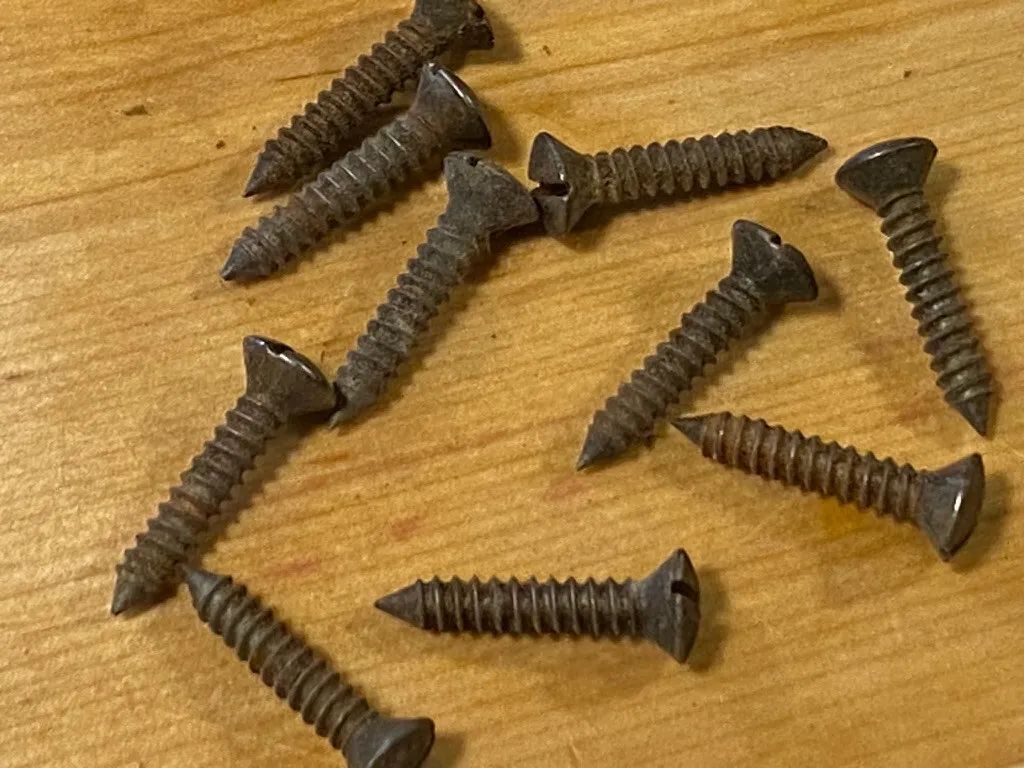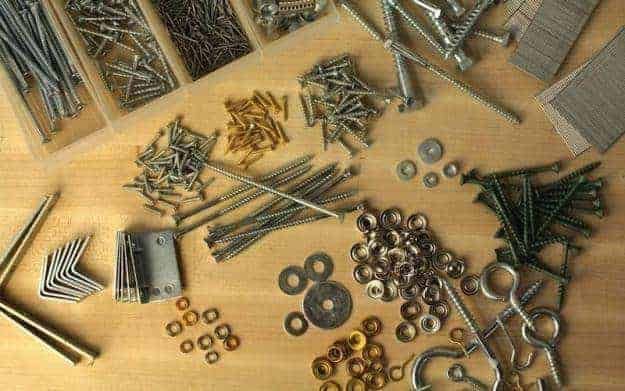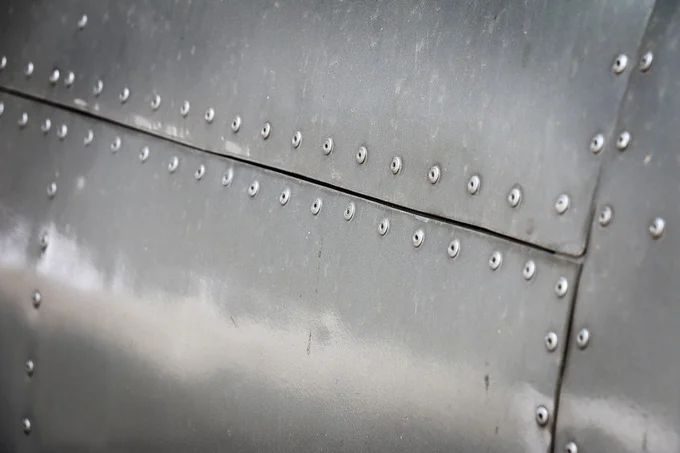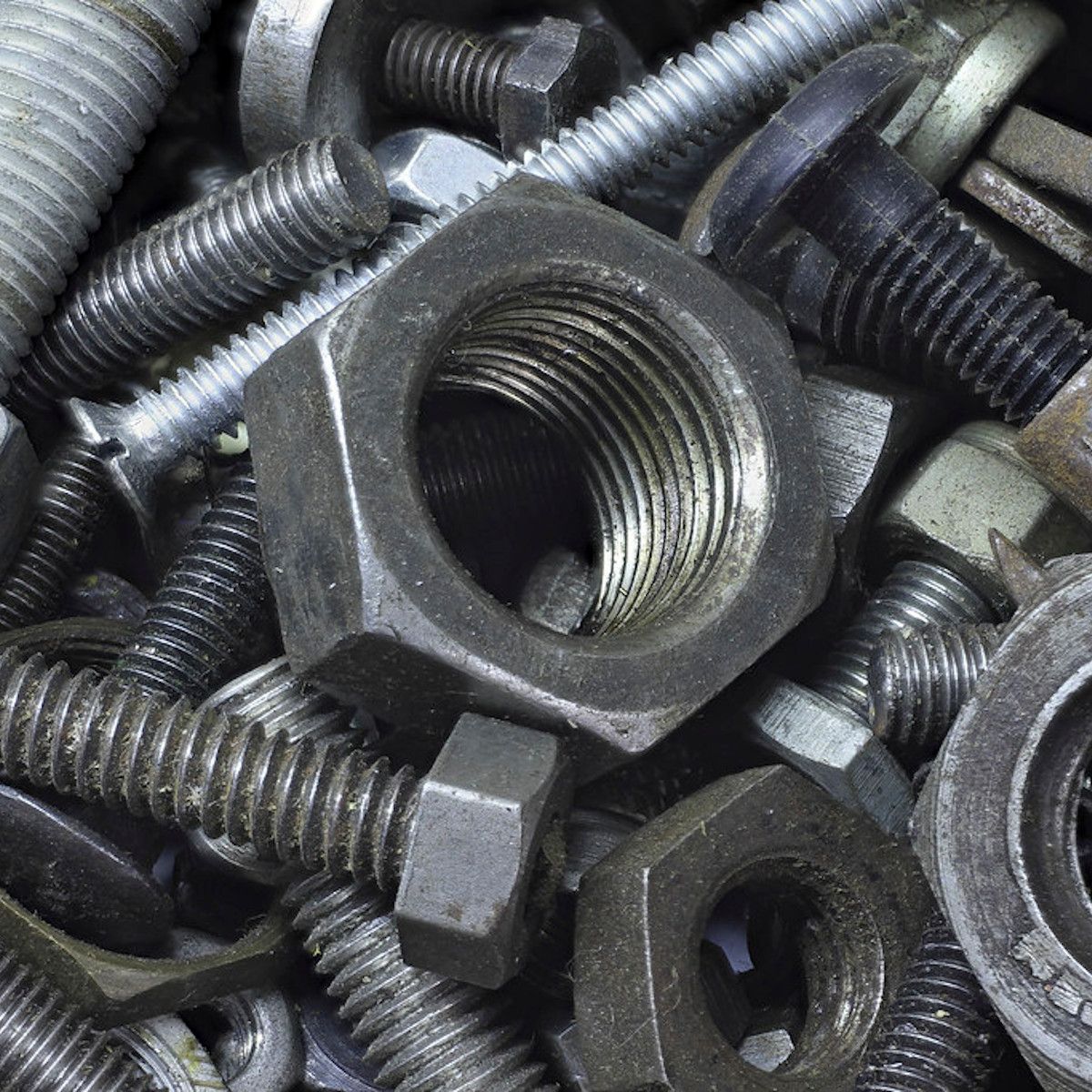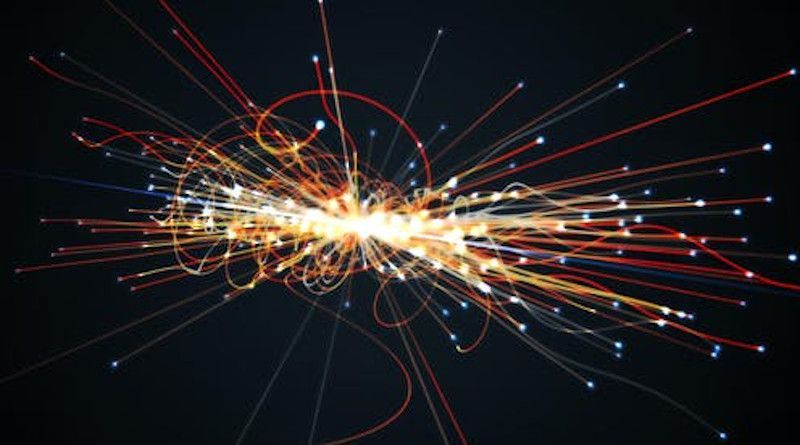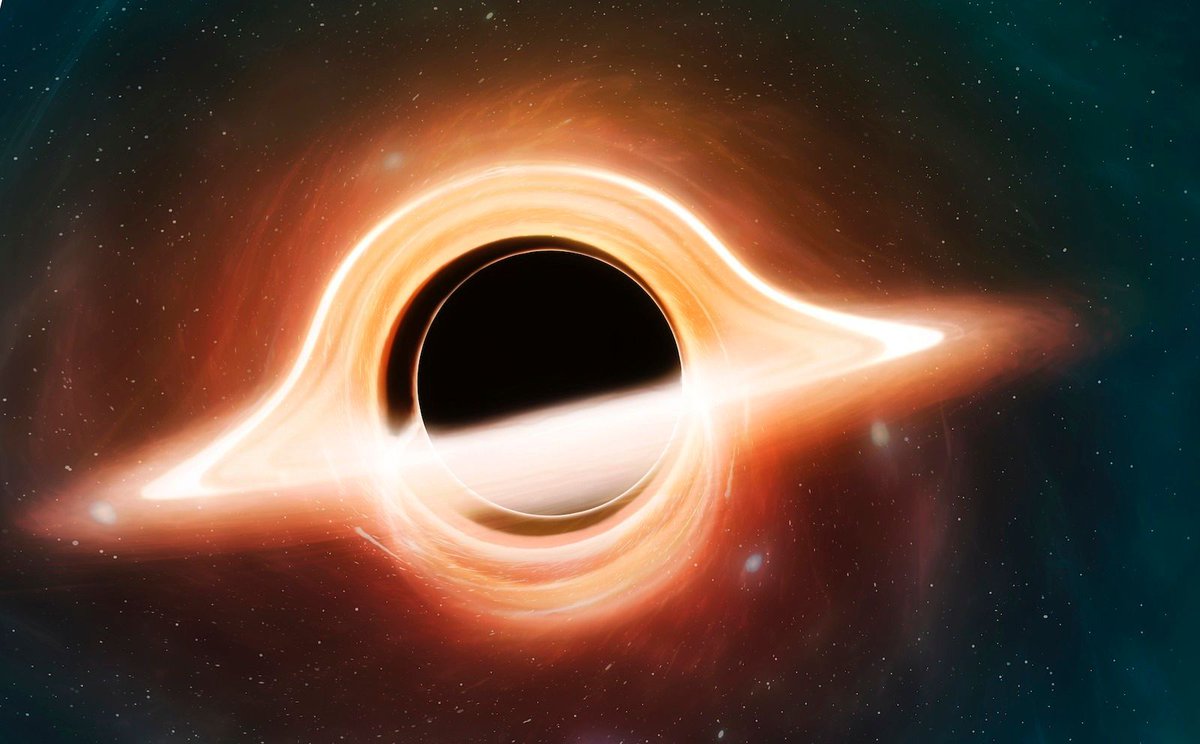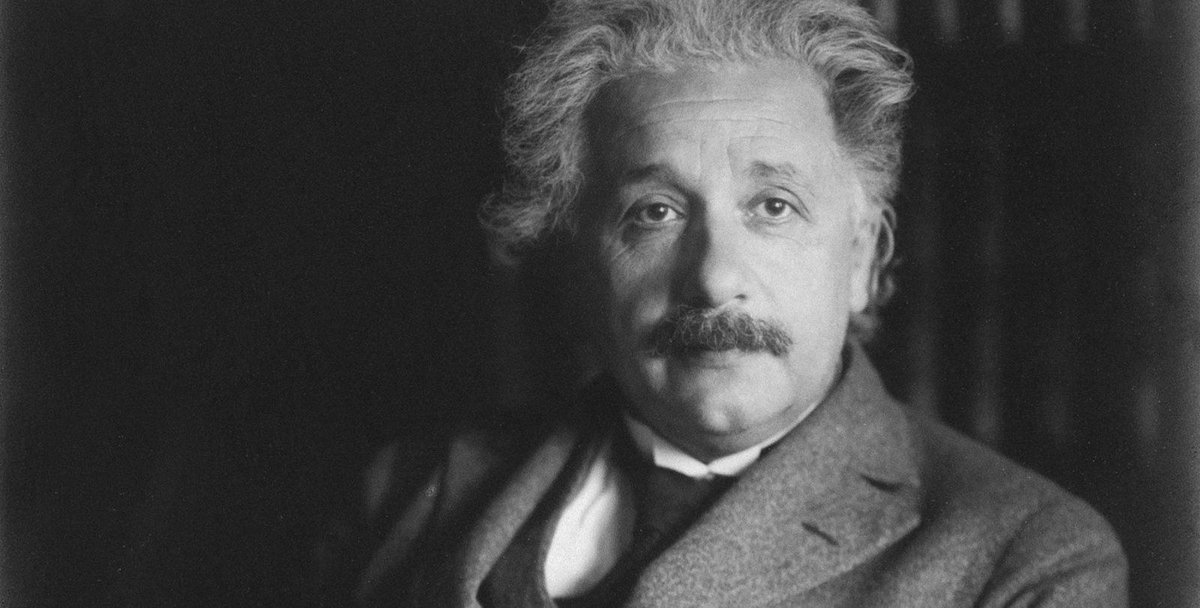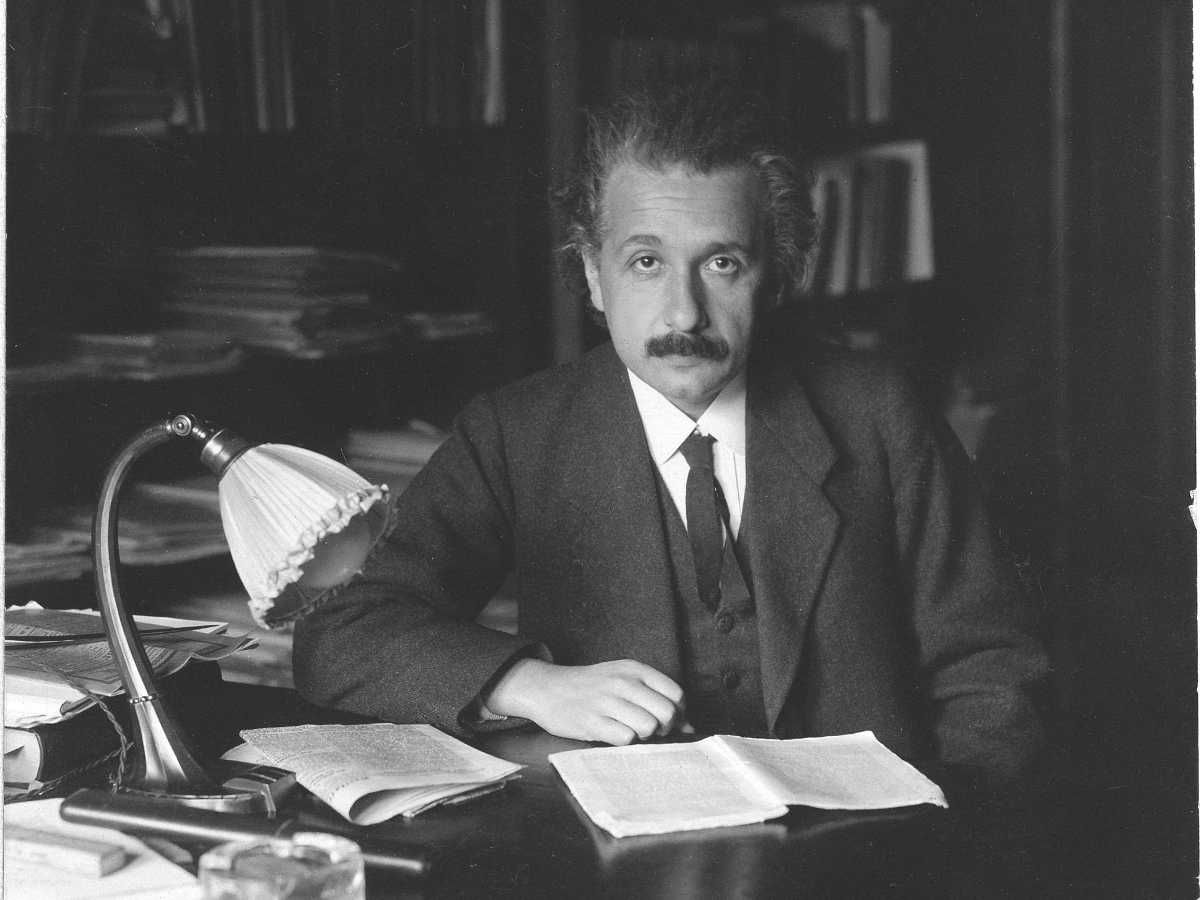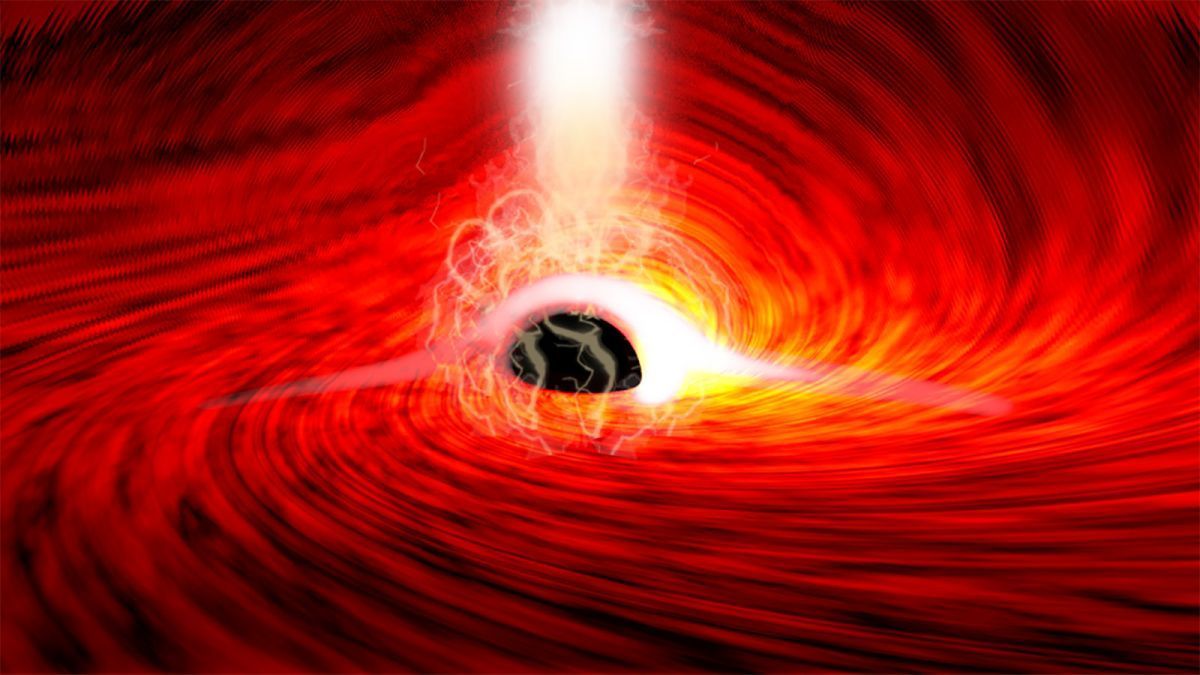
Big Picture Science
@BiPiSci
A weekly science radio show hosted by astronomer @SethShostak & journalist @mollycbentley. | Linktree: https://t.co/HgszRw8Gln
ID:16952572
http://bigpicturescience.org 24-10-2008 17:07:08
7,7K Tweets
6,0K Followers
798 Following



If you were building a skyscraper, you'd probably want it to have a solid foundation. But flexibility is also important, explains Roma Agrawal 🔩. She explains how springs help protect buildings from natural disasters in this week's episode bit.ly/4b5VFUu
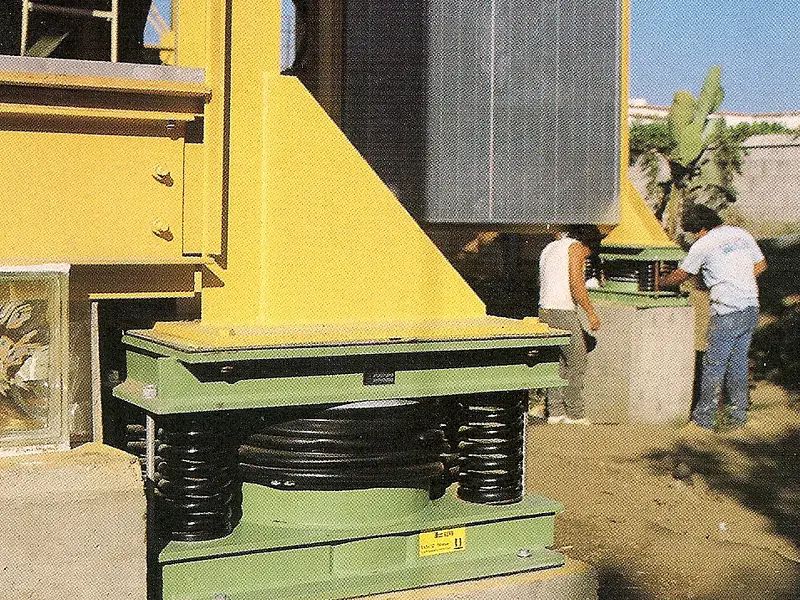

If your wristwatch is working properly, you probably aren't thinking much about the over 20 screws and springs that keep it ticking. Roma Agrawal 🔩 explores the small mechanisms that make everyday items possible on this week's episode: bit.ly/4b5VFUu
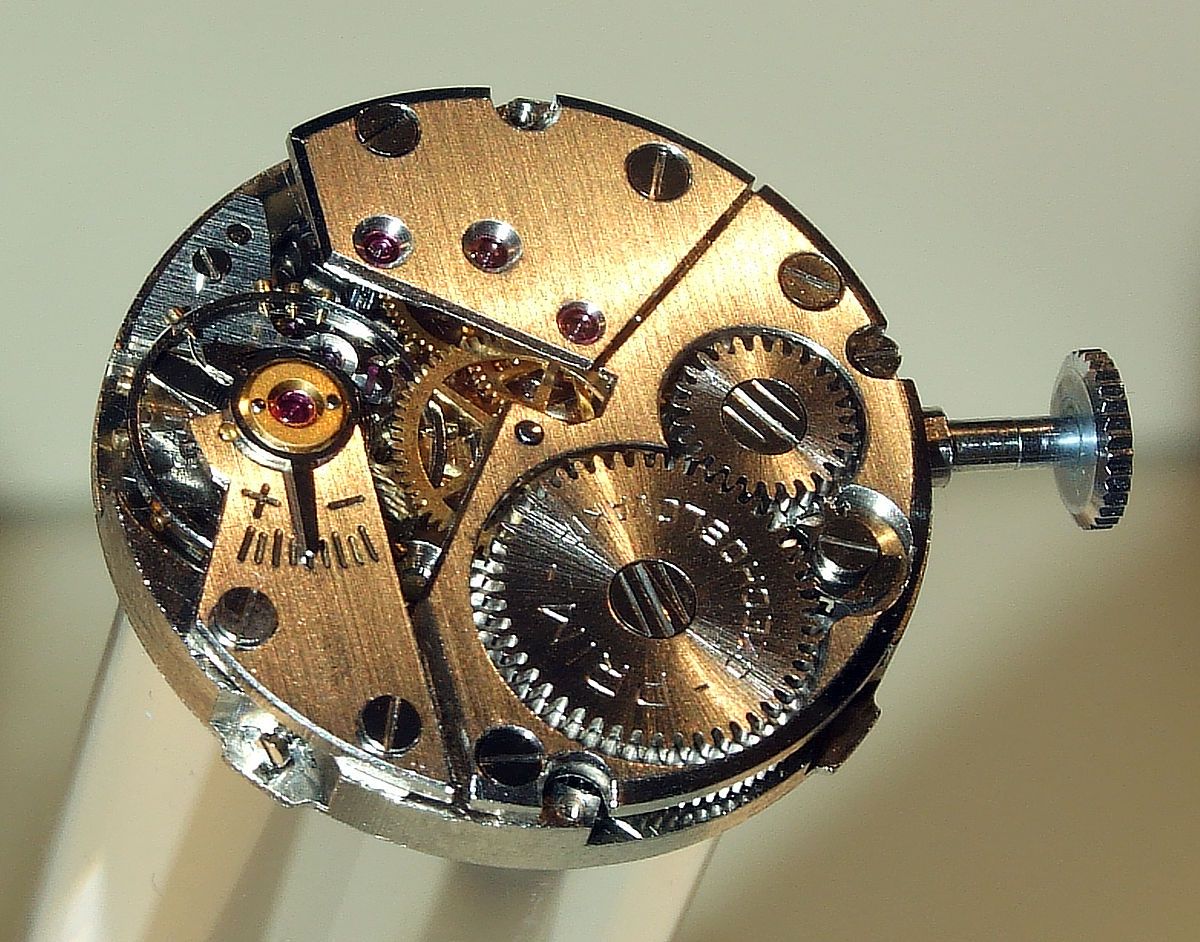

Structural engineer Roma Agrawal 🔩 spends most of her time thinking about how to build big structures. But every large design challenge relies on a few small mechanisms in order to work. Learn more on this week's episode: bit.ly/4b5VFUu




The SETI Institute Roma Agrawal 🔩 Big Picture Science Loved this,great listen! My Dad repaired watches,kept his tools/spare parts,let me play w/when he went back to school for engineering.Taught me to save screws/nuts/bolts which come my way. You never know when you might have what u need after dropping part of an IKEA down a crack.

What’s the big deal about tiny devices like springs and screws? This week, Roma Agrawal 🔩 shows us how the world as we know it couldn’t function without these simple, but ingenious, objects. This week, we bring you the “Nuts and Bolts:' bit.ly/4b5VFUu
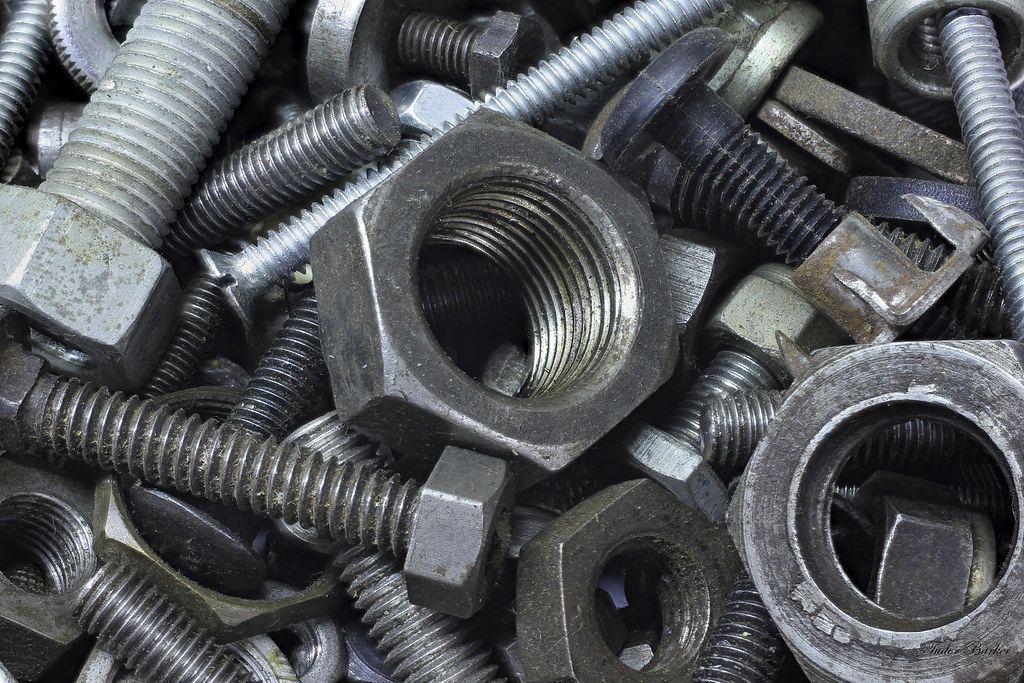


When you add the deep, quantum nature of matter, there is a subtle process—Hawking Radiation—that can make black holes slowly disappear, says Janna Levin. She and SethShostak talk the “beautiful” mechanisms for this strange phenomenon. bit.ly/4beG9oW
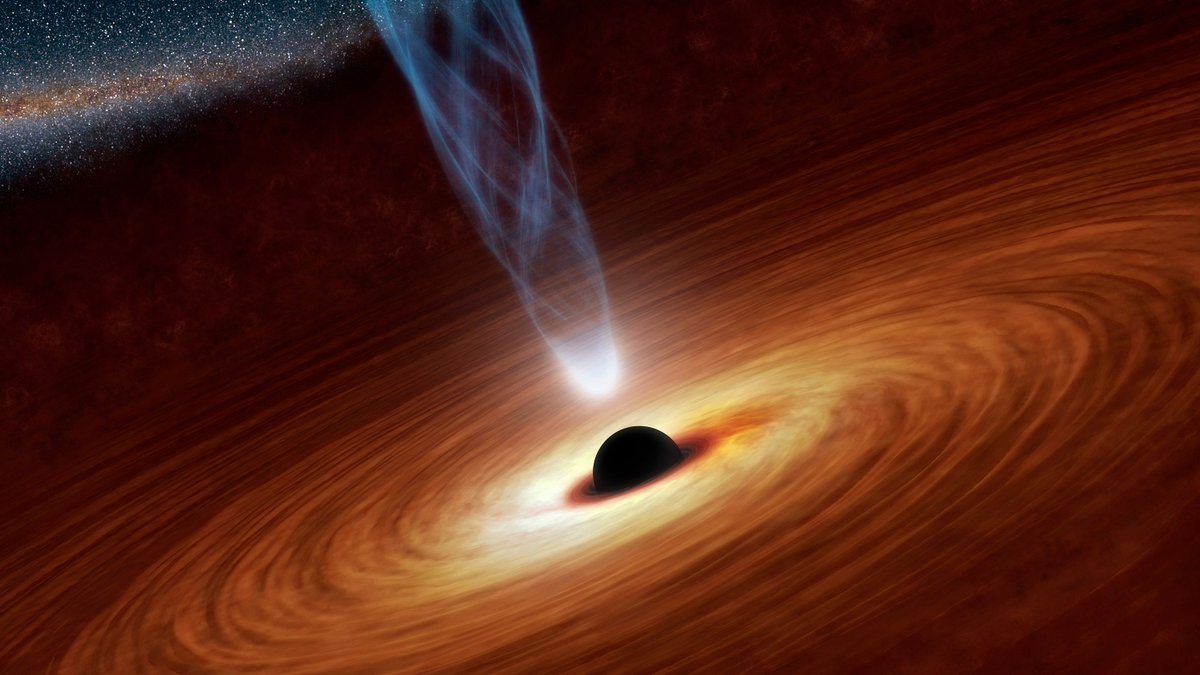


You may remember the 3 building blocks of matter (protons, neutrons, electrons) from school. But physicists have discovered at least 57 different subatomic particles. Mark Lancaster talks with SethShostak about one particle in particular: the muon. bit.ly/4beG9oW
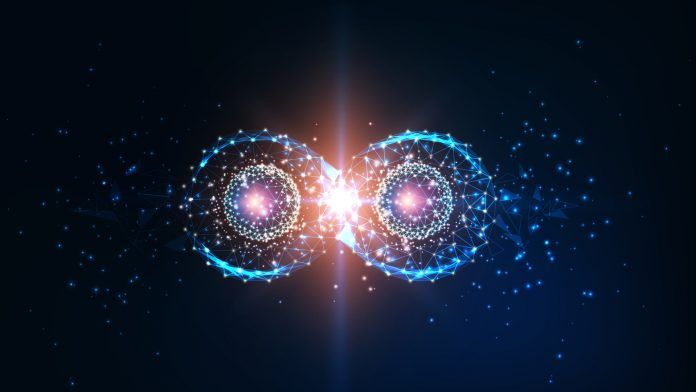


What distinguishes a scientific mind? Curiosity is one thing, says Hakeem Oluseyi, but you also need rigor: you need to test information, and experiment to verify. He talks to Molly Bentley about moving beyond being inquisitive to becoming a scientist. bit.ly/4beG9oW
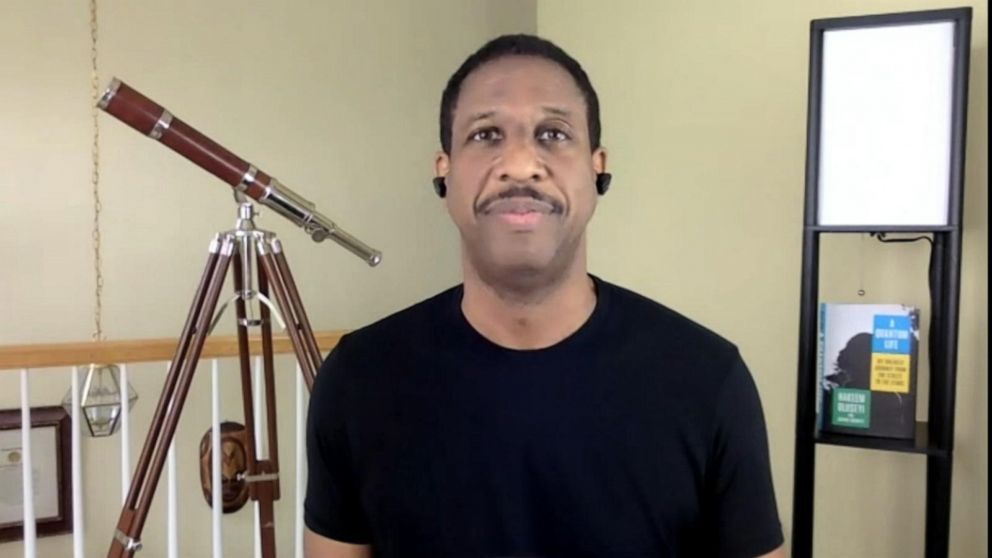


In Einstein’s theory of gravitation, masses (like the Earth) cause warps in space and time, says theoretical physicist Janna Levin. She talks with SethShostak about black holes, Hawking Radiation, and the evaporation of black holes. bit.ly/4beG9oW


What were you doing at 10 years old? Well, astrophysicist Hakeem Oluseyi was teaching himself the Theory of Relativity, using an encyclopedia, a skateboard, and a flashlight. He talks to Molly Bentley about his path to astrophysics this week: bit.ly/4beG9oW
